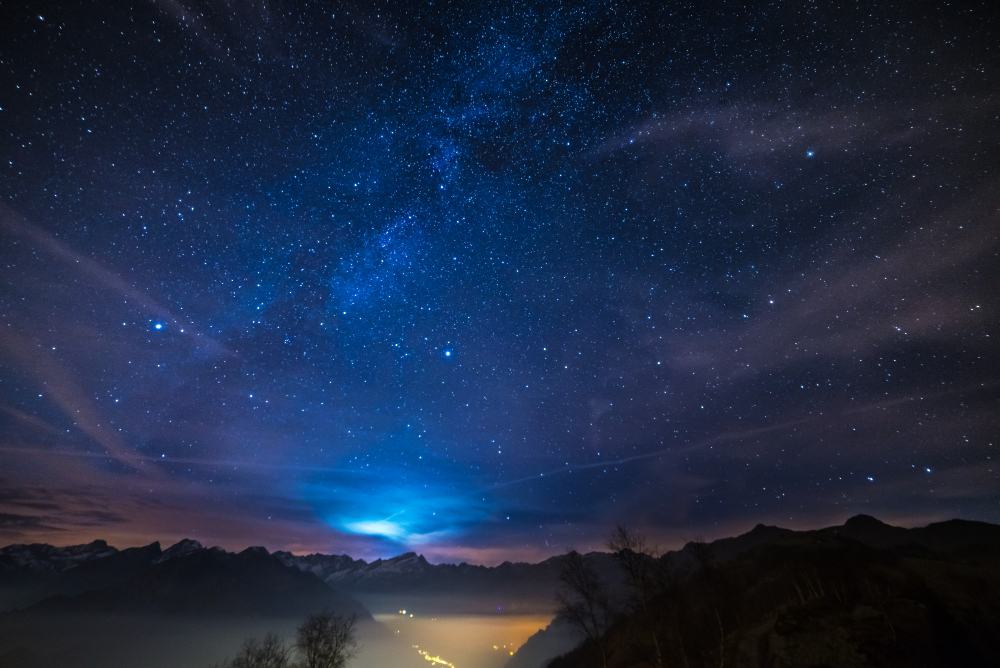Devil Comet observable across Germany until the beginning of April
The Comet 12 / Pons-Brooks, affectionately known as the Devil Comet, has been journeying through space for over 70 years and will soon be visible to the naked eye in Germany once again. Here's how you can witness this spectacular natural phenomenon over the next few days.
The Devil Comet, also known as Comet 12 / Pons-Brooks, will grace the skies above German cities and towns until early April 2024, as reported by MeteoNews. During this period, the comet will approach Earth, coming as close as 230 million kilometers by June, though it will only be visible in the southern hemisphere by then. Despite the seemingly vast distance, it will be close enough to be observed without the aid of telescopes.
This cosmic event is a rare delight, with the last sighting of the Devil Comet occurring on June 29, 1954. Originally discovered by Jean-Louis Pons in 1812, it was later rediscovered by William Robert Brooks in the 1880s, hence its dual name.
When is the best time to observe the Comet 12 / Pons-Brooks?
According to Star Walk, the optimal viewing times for Comet 12 / Pons-Brooks in Germany are from now until April 8, 2024. While it will reach its peak brightness in early April, it should be most easily visible towards the end of March.
Observers will recognize the Devil Comet by its distinctive shimmering green bursts of light as it traverses the night sky.
How can you see the Devil Comet in Germany?
Those in Germany have the best chance of spotting the comet around 7:30 pm in the evening. It will emerge from the west at approximately 10 degrees above the horizon - roughly three hand widths to the left of Jupiter in the night sky. It will then pass through the constellations of Andromeda, Pisces, and Aries before disappearing below the horizon by 10:30 pm.
Although visible to the naked eye, stargazers are encouraged by MeteoNews to use binoculars or telescopes to fully appreciate this cosmic spectacle. Weather conditions will play a crucial role, so choose a clear day between now and April for optimal viewing.
As with meteor showers, finding a location with minimal artificial light is key to observing the comet. This often means leaving urban areas and heading to secluded fields, hills, or even mountain summits.

